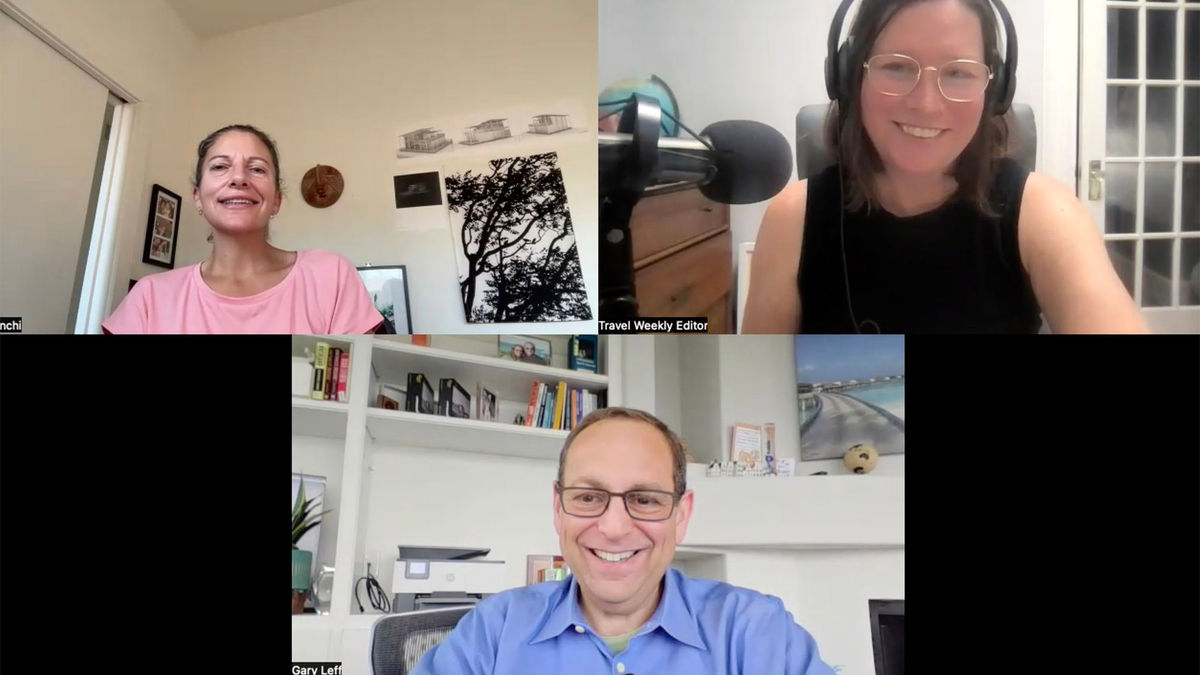Starliner's Uncertain Fate: NASA Weighs Astronauts' Return from Space Station

The clock is ticking for NASA and Boeing, as they face a crucial decision regarding the return of the Starliner spacecraft from the International Space Station (ISS). Astronauts Butch Wilmore and Suni Williams, who have been aboard the ISS since early June, remain in limbo, with their return date uncertain.
The issue hinges on a series of thruster failures that occurred during the capsule's initial docking. These thrusters, integral to Starliner's propulsion system, are crucial for its safe return from the ISS. NASA remains unconvinced of the spacecraft's reliability, with concerns specifically regarding the deorbit burn, a critical manoeuvre required for the capsule's descent.
"Our primary concern is ensuring a successful deorbit burn," stated NASA Associate Administrator Ken Bowersox during a press conference. "We are meticulously scrutinising the thruster jets and the overall propulsion system's performance."
The ongoing uncertainty has forced NASA to adjust its schedule for the next SpaceX astronaut mission to the ISS. The agency must decide whether to bring Starliner back with its crew, return it empty, or further delay its plans. In the event of an empty return, SpaceX would serve as the rescue option for Wilmore and Williams.
A comprehensive data analysis is expected to conclude by 23 August, which will be followed by a Flight Readiness Review. This review will ultimately determine the course of action for Starliner's return.
Boeing has presented its case to NASA, highlighting its confidence in the spacecraft's safety and the extensive thruster testing conducted. However, the final decision, expected before the end of August, will rest with NASA and may even reach the agency's chief, Administrator Bill Nelson.
The Starliner crew flight test, initially intended to last nine days, was meant to be a pivotal step for both Boeing and NASA. The agency aimed to establish two competing companies, Boeing and SpaceX, providing regular transport to the ISS.
Instead, the mission's complications have hampered Boeing's progress within NASA's Commercial Crew program. The company has already absorbed over $1.5 billion in losses, jeopardizing its future participation in the program.
Despite the uncertainty, the astronauts maintain their composure, trusting in NASA's decision-making process. Joe Acaba, head of NASA's astronaut office, underlined that Wilmore and Williams, as test pilots, are inherently accustomed to risk.
"This mission is a test flight," Acaba stated, "and as Butch and Suni acknowledged prior to launch, they understood the possibility of imperfections. Human spaceflight inherently involves risk, which astronauts accept as part of the job."
As the world watches with bated breath, Starliner's fate remains uncertain. The capsule, aptly named "Calypso" after Jacques Cousteau's research vessel, now shares a concerning resemblance to its namesake â a damaged vessel with an unclear future. The situation mirrors the myth of Calypso, the nymph who trapped Odysseus for seven years against his will. Only time will tell how long this "Odyssey" will last for the Starliner crew and NASA.





